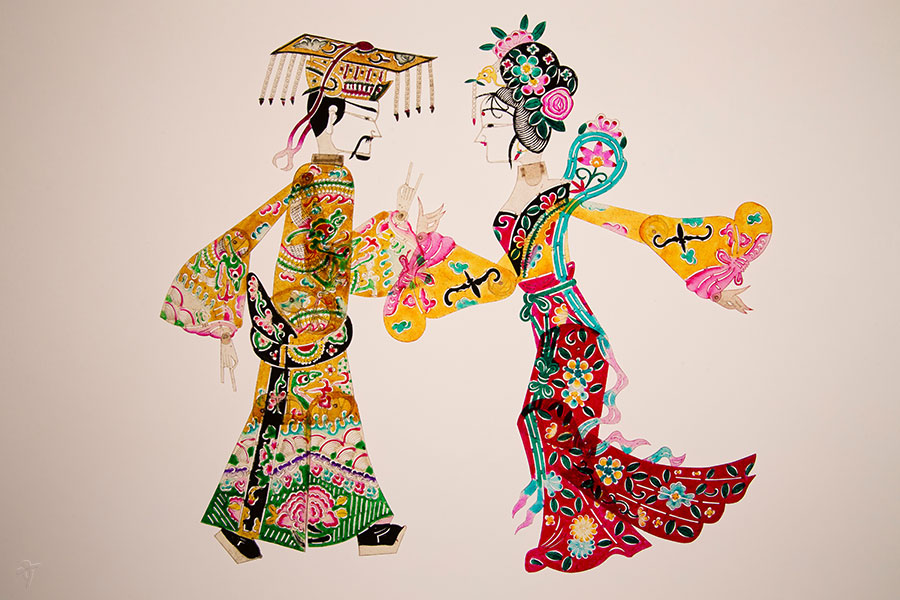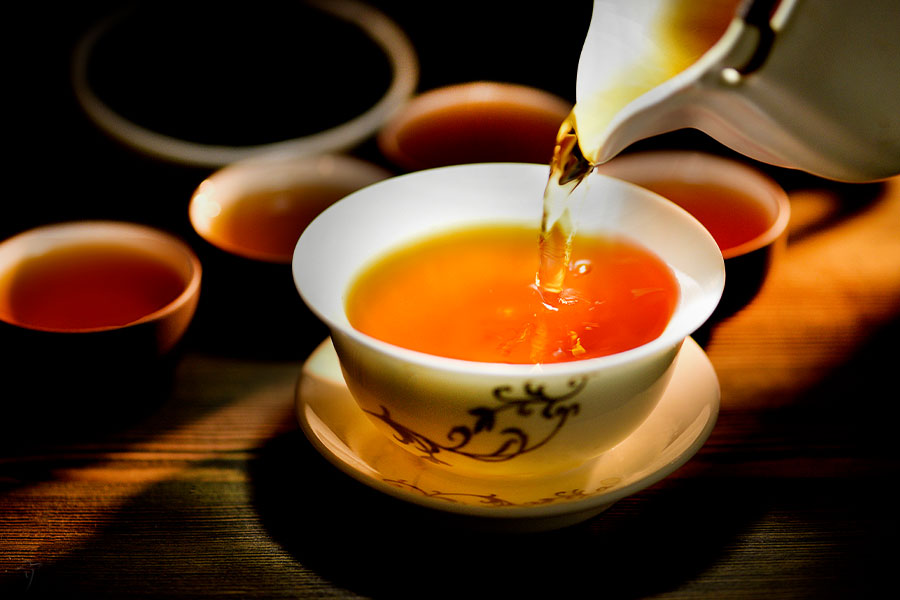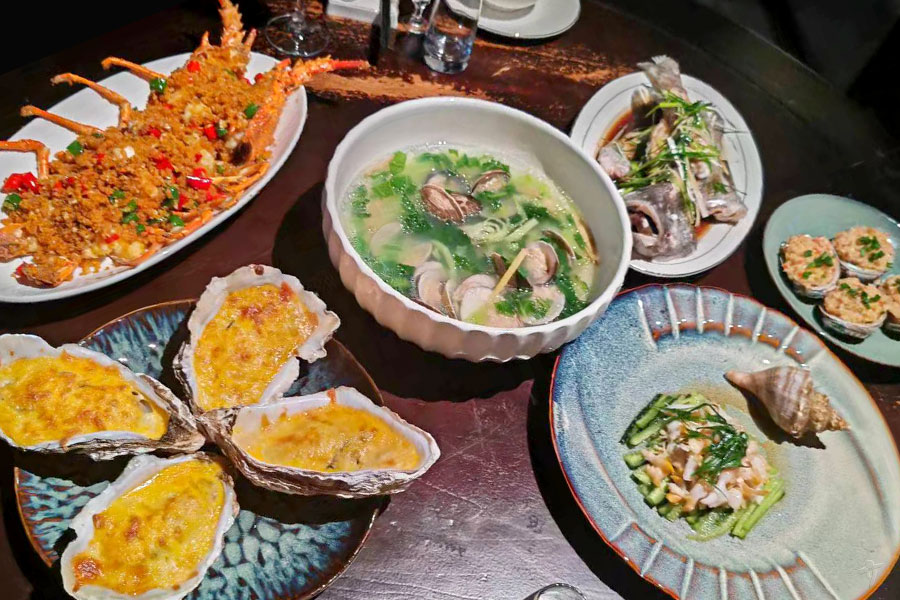Shadow Plays

Shadow play (Chinese:皮影戏), also called shadow puppetry or leather-silhouette show, is a widely spread folk show in China, which is also the earliest traditional art that spread to western countries. It emerged in Shaanxi Province in Western Han Dynasty (207BC- 25AD) with a history of over 2000 years and became quite popular as early as the Song Dynasty (890-1279); It was later a regular recreation among the Mongolian troops and was spread by the conquering Mongols to other Asian countries and Europe from the 13th century like Persia, Arabia, Turkey, Thailand, Japan, France, England, etc.
Shadow show is an entertainment of story telling using leather puppets, which are usually controlled by people behind a screen to create moving images with the illuminating of lights accompanied by percussion and stringed music with local melodies and lyrics. Generally, the puppets are made of leathers from sheep, cow, donkey and horse, and cow leather is the most common. Leathers are colored in red, yellow, green, blue or black to made vivid figures. The subjects of shadow plays are events of various war kingdoms, stories of Buddhist sources, traditional fairy tales and myths.
When we speak of the origin of shadow play, there is a story about Emperor Wu of Han Dynasty (156BC- 87BC). It is said that when one of his loved concubines died from illness, the emperor was depressing and in his trance. To inspire the emperor, one of his ministers came up with a solution from the vivid shadows on the floor of cloth dolls of playing children. He made a figure according to the concubine using donkey leather and showed the shadow moving to the emperor with the lights of oil lamp. The emperor was happy and loved to see the play and had perked up again.
Shadow play is particularly popular in countryside of provinces of Henan and Shaanxi. The making of the leather puppets is complicated with several processes in exquisite workmanship that leather puppet is also a piece of art that worth of collecting.
Related Readings
Top Topics

Chinese Kung Fu
Far and wide known as Kungfu (功夫) all over the world, Chinese martial art is also called Wugong (武功) or Wushu (武术) at home by Chinese people. It ca...

Chinese Tea
Being a vivid Chinese cultural specialty as well as Kungfu and traditional Chinese medicine, Chinese tea has been being developed in China for a lo...

Chinese Cuisine
"Food is the first necessity of the people" is a famous Chinese old saying, which reflects that Chinese have had paid much attention to food si...




